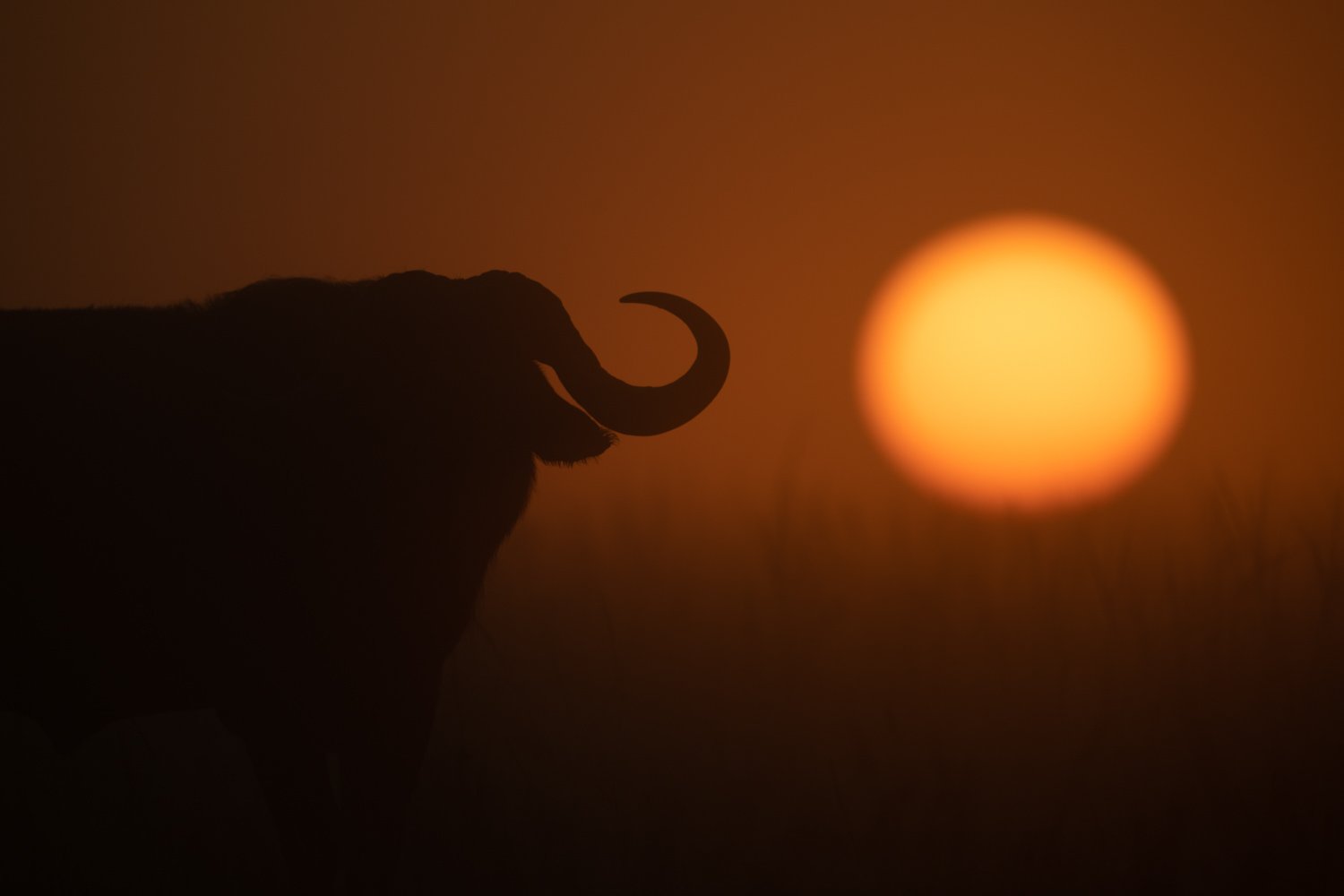Nine Ways to Sex African Wildlife
The first time I’ve ever written about sex…!
Male or female?
I’m always keen to learn, but one thing I’m not very good at is working out whether safari animals are male or female. I know a few of the rules, but it’s easy to make a mistake—and that can be a bit embarrassing!
Here’s your cut-out-and-keep guide to a few of the major species. It’s not exhaustive, but it should prevent you having to refer to animals as ‘it’ all the time…
Animals
As a general rule, sexual dimorphism means that male animals tend to be larger than females, but that doesn’t really help if you can only see one of them! Having said that, a single elephant or giraffe is likely to be a male in most cases, and the males of almost all the ungulates (apart from the zebra) have horns whereas the females don’t.
Here are a few more pointers for you. If none of them works, then you can always check out their nether regions…!
Lions
Most people can tell the difference between male and female lions. Adult males have manes, and their faces look quite different to those of lionesses. However, the differences are much less obvious with cubs or adolescents. I have no idea if cubs are male or female, and I’ve embarrassed myself quite a few times by calling a young male lion ‘she’ by mistake!
Leopards
Individual male and female leopards are notoriously difficult to tell apart. However, I recently came across a handy rule when I was staying at Muchenje Safari Lodge in Botswana: males have two ‘collars’ or ‘necklaces’ of spots around their necks whereas females have only one.
Elephants
If you ever spot a lone elephant, it’s likely to be a male, but there are actually physical differences between males and females. If you look at the shape of their heads from the side (rather than from the front), males have a more smoothly rounded forehead whereas females have a more angular transition. That obviously doesn’t help when you’re being charged head-on, but it’s something, at least…!
Giraffes
I have great difficulty with giraffes. In theory, I know that the ossicones (or horns) of male giraffes tend to get worn and less hairy from fighting, but it’s hard to tell sometimes. Apparently, the male ossicones are also positioned at a wider angle, too, so they make more of a Y-shape than a U-shape, but it’s still a tricky call. Sometimes, it’s best just to take the lead from your guide…!
African/Cape Buffaloes
It’s fairly easy to tell the difference between male and female African or Cape buffaloes. The males have horns that join in the middle of the forehead in a ‘boss’, but the females’ horns are separate. Again, it’s trickier with the calves, so you might just need to take a look between their legs…!
Rhinos
Apart from the relative size, I don’t know of a way to tell the difference between males and females, so you’re on your own with this one…
Birds
From a global perspective, male birds are generally more colourful than females due to sexual selection, but that doesn’t seem to work very well with the birds you’re likely to see on safari. I can only tell the difference with three of them.
African Fish Eagles
The female is generally larger than the male, but it also has a longer, more rounded white patch on its chest. The male’s white feathers are more ‘squared-off’. That’s another thing I learned from Toff, one of the managers at Muchenje.
Common Ostriches
Again, most people can tell the differences between male and female ostriches. Males have black and white feathers whereas females have brown feathers. What you might not know is that the legs and beak of male ostriches go pink when they’re mating due to all the testosterone coursing through their systems!
Saddle-billed Storks
I only found this out when one of my followers helpfully told me I’d got it wrong! I’d posted a picture of a female saddle-billed stork but called it a male in the caption. In fact, the females are the ones with the orange rings around their eyes, not the males. Thanks, mate…!
If you’d like to order a framed print of one of my wildlife photographs, please visit the Prints page.
If you’d like to book a lesson or order an online photography course, please visit my Lessons and Courses pages.

















